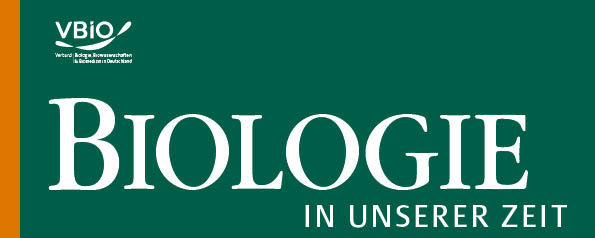Maritime functional morphology
DOI:
https://doi.org/10.11576/biuz-4575Keywords:
Maritime Funktionsmorphologie, Bionik, Haifischzähne, Seeigelstacheln, Seeigelzähne, SepienschulpAbstract
During the course of evolution, conditions in the wide and deep oceans have led to an amazing diversity of functional morphologies in living organisms. That can be impressively demonstrated with some examples: the hard teeth of sharks, the spines of sea urchins which so efficiently reduce water resistance, the tough teeth of Parrot fish with their dome-shaped caps, highly toxic frightening sea snakes and extremely deep diving whales – all of these animals displaying structures and processes that may trigger technical applications.

Downloads
Published
2021-08-09
How to Cite
Hasenpusch, W. (2021). Maritime functional morphology: . Biologie in Unserer Zeit, 51(3), 281–287. https://doi.org/10.11576/biuz-4575
Issue
Section
Im Fokus
License
Copyright (c) 2021 Wolfgang Hasenpusch

This work is licensed under a Creative Commons Attribution-ShareAlike 4.0 International License.

